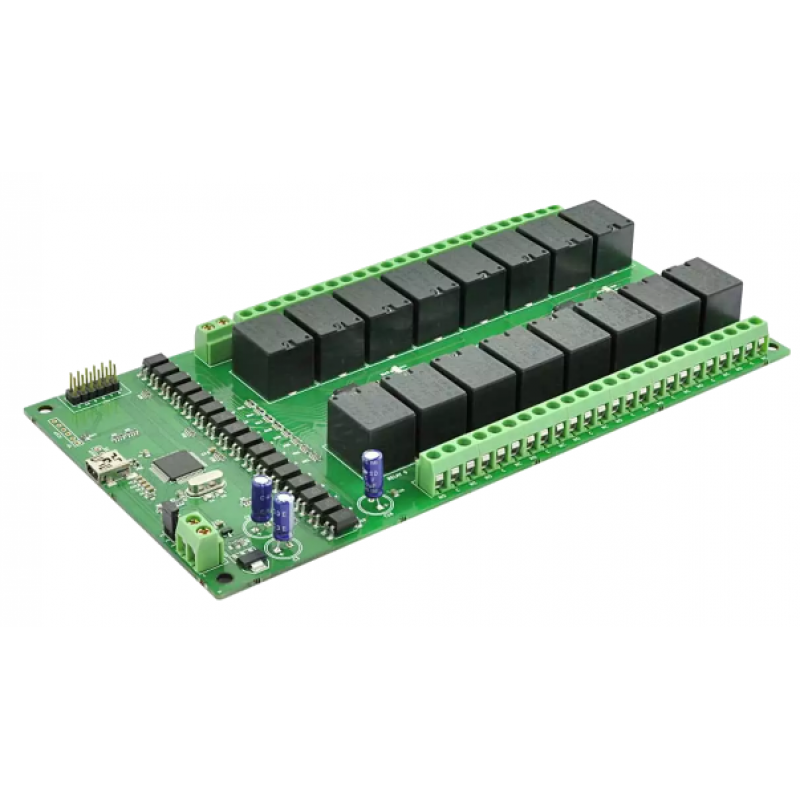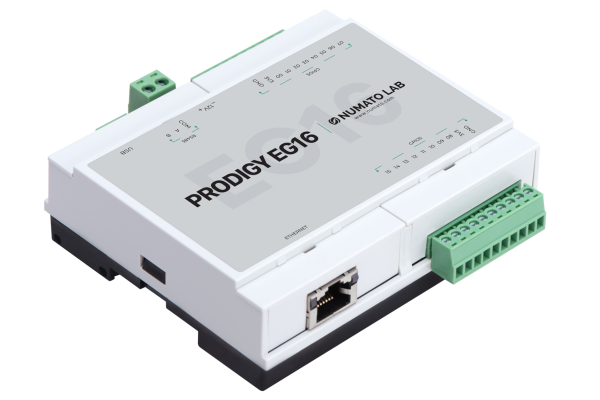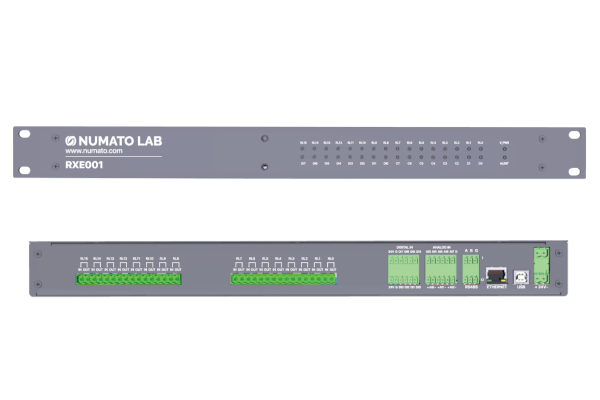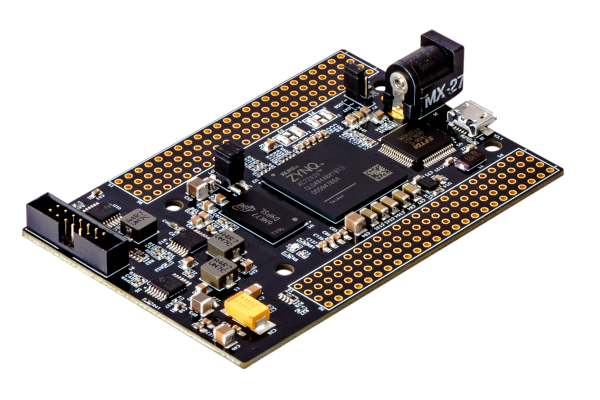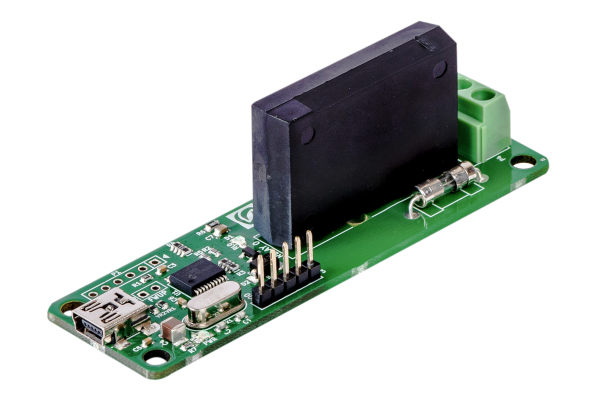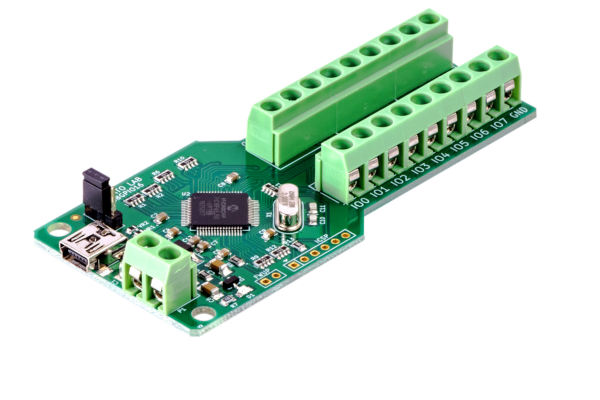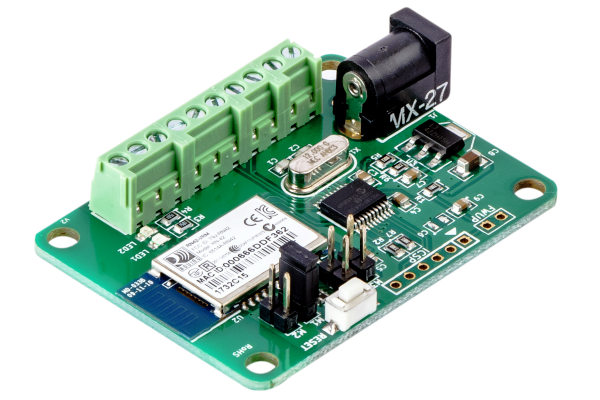Description
For Numato Products Price details/ quotation please mail your requirements on dolphinlabs17@gmail.com
Proteus is an easy-to-use FPGA Development board featuring the AMD Kintex-7 FPGA with 4GB DDR3L SDRAM. This board contains the AMD XC7K160T– FBG676 FPGA (other FPGA configurations are available at request). The high-speed USB 3.1 interface (USB-C connector) provides a fast and easy configuration download to the onboard SPI flash. There is no need for a programmer or special downloader cable to download a Bitstream to the board. The board features a High Pin Count (HPC), high-speed FMC connector for aiding the addition of additional features to the board by utilizing custom or commercial off-the-shelf daughter boards. Proteus allows users to add their own peripherals through IO Expansion Headers.
Features
- FPGA : AMD Kintex-7 XC7K160T– FBG676 package (Other devices available at request); Speed Grade: 2.
- 4GB DDR3L SODIMM SDRAM M471B5173CB0-YK0 or compatible
- 128 MB QSPI flash memory (N25Q128A13ESE40E) for Configuration and optional data storage
- 1 x 100MHz CMOS oscillator, 1x 150MHz LVDS oscillator for users
- 2 x 150MHz LVDS oscillator for GTP
- USB 3.1 Gen 1 @ 5Gbps (USB Type-C connector)
- Onboard voltage regulators for single-power rail operation
- 12V DC power supply
- Maximum 130 IOs for user-defined purposes on FMC connector
- 8 x GTX lanes upto 6.6Gbps on ANSI/VITA 57.1 Standard-compliant FMC HPC connector
- Micro SD Card
- A Push Button for the reset pin
- JTAG header for programming and debugging.
- 1 RGB LED for custom use.
Applications
- Product Prototype Development
- Communication Device Development
- Accelerated Computing Integration
- Development and Testing of Custom embedded processors
- Signal Processing
- Educational tool for Schools and Universities




